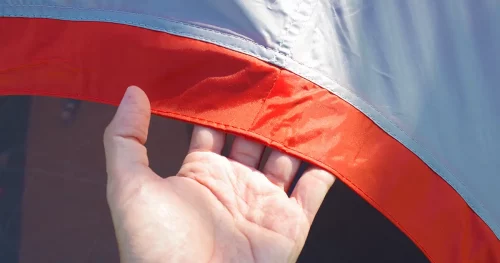Learning how to dry out a tent is essential and important for your wellbeing when camping. Even if it hasn’t been raining, moisture can form in a tent and if it goes unnoticed, this moisture can cause mold to grow. If you’ve ever removed a tent from a bag and noticed it smells stale or moldy, this is the reason.
Packing up a wet tent into a bag is generally not recommended, although at times, it may not be a choice, depending on the weather conditions. If you’ve reached the end of your camping trip with a wet tent, don’t worry. You can follow a few simple steps to ensure that your tent is completely dry and ready for your next trip.
Step Guide on How to Dry Out a Tent
It’s important to learn how to store your tent properly in order to avoid running into any issues the next time it’s used. This essentially involves thoroughly checking your tent to confirm that it’s completely dry. Whether you’ve been camping in the pouring rain or you’ve just given your tent a wash, here’s how to dry your tent properly:
1. Find a Dry Place For Your Tent
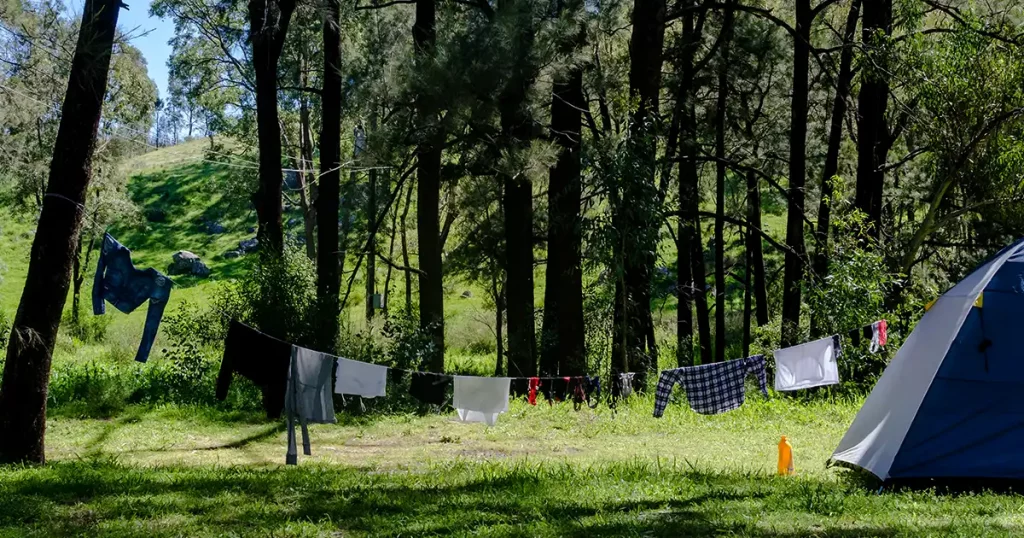
If you’re camping in bad weather and it’s time to leave, you generally don’t have many options other than to pack up as fast as possible.
Time is of the essence when it comes to drying out tents, so you’ll want to make it a priority when you arrive at your next destination. Mold can begin to form within 24 hours, so it’s important to get onto the task as soon as possible.
Even if it hasn’t been raining, you’d be surprised at the condensation your tent can accumulate. Condensation and morning dew can cause dampness to build up, particularly within the seams of your tent. So, it’s a good idea to always dry out your tent regardless of the weather conditions.
You’ll need a large, dry area that is in the shade to allow your tent to dry. If you’re at home, you can use a clothesline to hang out your tent. If you need to improvise, look for a large tree branch, or try to improvise a clothesline by tying some strong rope (like the ) between two trees.
2. Shake It Out

At this point, it’s best to give your tent a good shake and remove any excess moisture. Make sure you check all areas of the tent, looking for any pools of water that may have accumulated.
3. Hang It Up
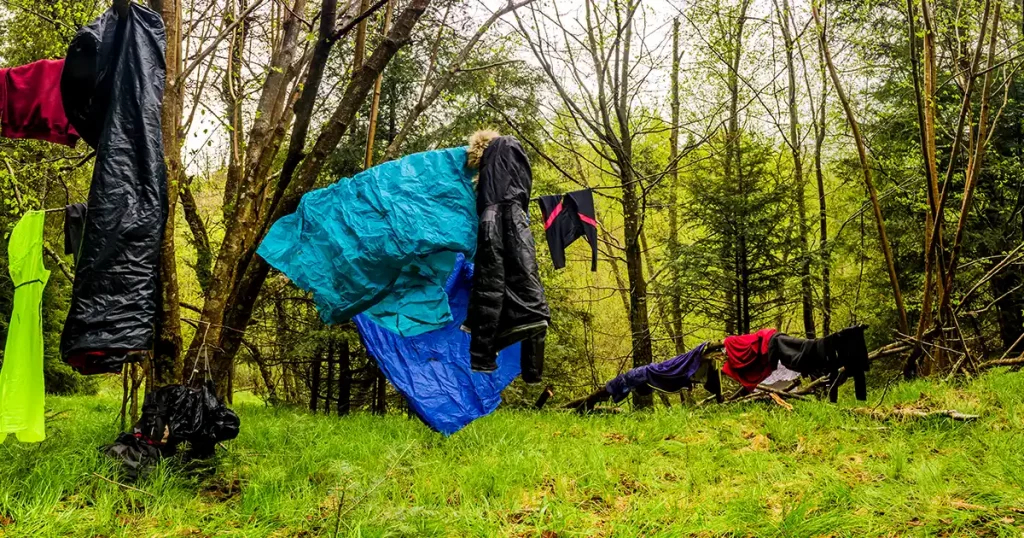
Hang out your tent on the clothesline or between two trees. Try to have your tent hang as straight as possible to allow it to dry thoroughly, this avoids water collecting in the folds.
If you’re able to, remove the rainfly from the tent and hang it separately. This will ultimately ensure that the whole tent dries quickly.
4. Use a Microfiber Towel
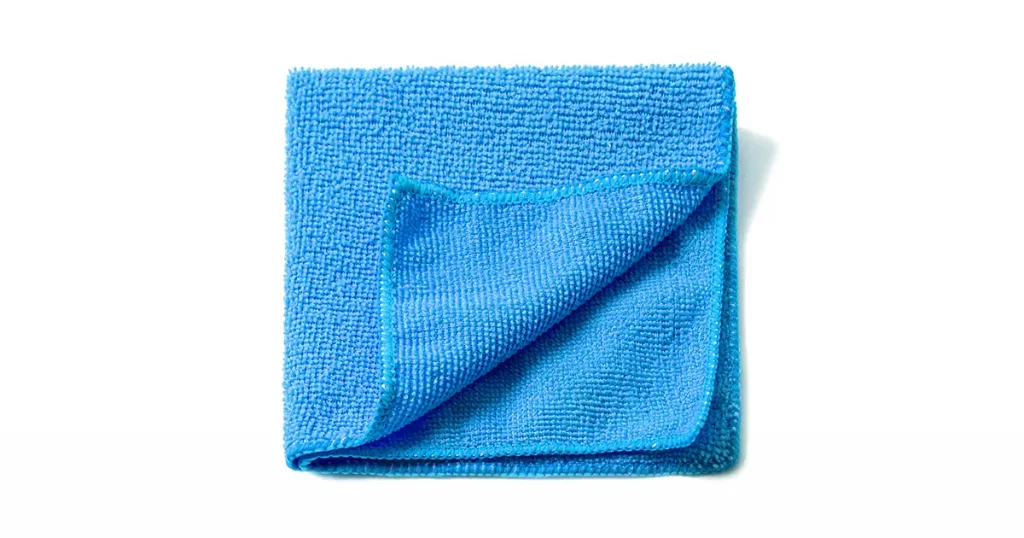
Microfiber towels are excellent for soaking up moisture. They have the benefit of drying out quickly, so there’s no need to worry about carrying a wet towel around all day. You can use these towels to wipe down the windows, or use them to help soak up excess moisture in the folds of your tent.
Look for something like the 4Monster Camping Towel, as it’s compact and easy to carry around. In fact, we’d consider a microfiber towel to be a must-have camping essential, as well as tents!
5. Leave It to Dry
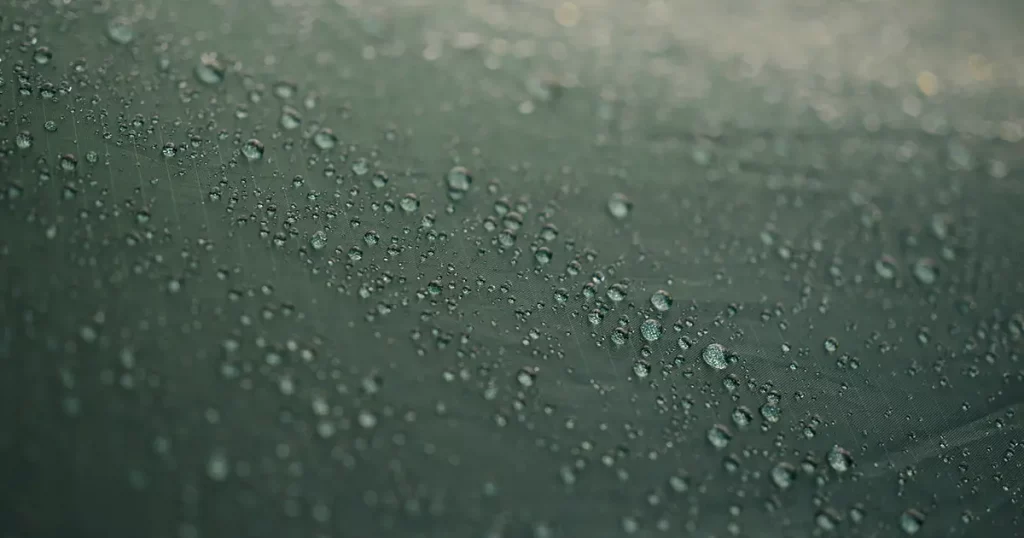
Leave your tent to dry for several hours, if you can. Rotating it midway through will allow covered areas to dry out completely.
6. Inspect Your Tent
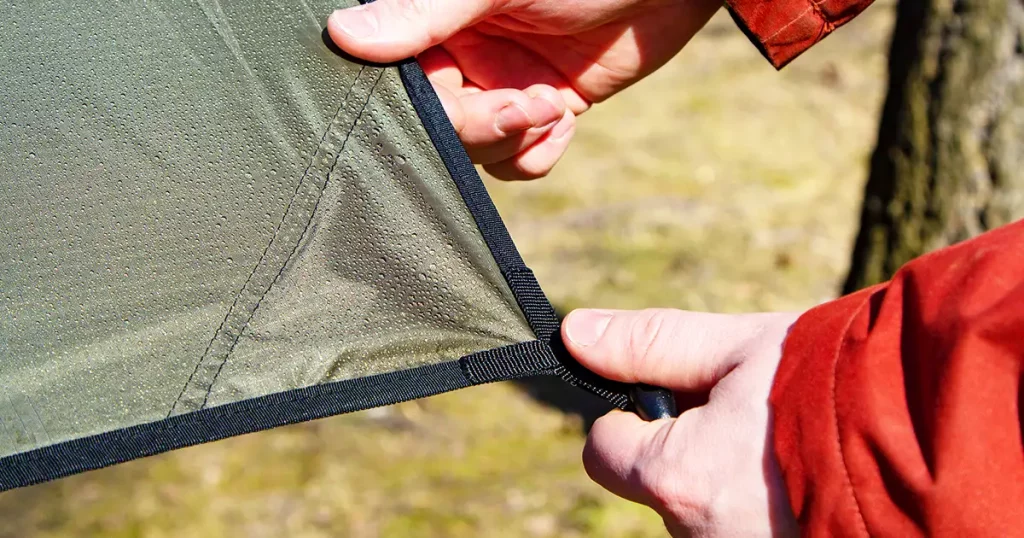
The next step is to check your tent thoroughly for any areas of moisture or water trapped in folds. Make sure it is entirely dry, then fold it and return it to the carry bag. And you’re done!
The Indoor Drying Method

If you’re coming home with a smaller tent (like a backpacking tent) and you haven’t been camping in the rain, you can use the indoor drying method to make sure any moisture from condensation dries out completely. This is an easy process:
- Assemble your tent at home, keeping it away from any soft furnishings/carpets so they don’t get wet!
- Remove and hang the rainfly over a clotheshorse or over a bathtub. This is only necessary if the rainfly can be removed.
- Open the windows to increase ventilation in your home
- Use a towel to wipe down any particularly damp areas
- Leave it to dry out. Once it’s fully dry, then fold the tent and return it to the carry bag
Avoid Heated Drying Tools
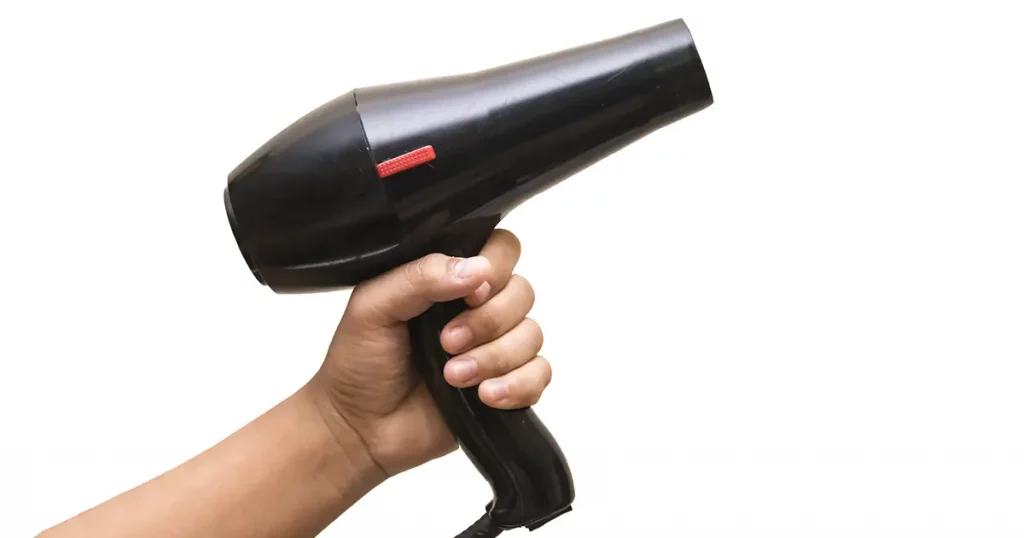
It’s best to avoid using any heated drying tools; we wouldn’t advise using a hairdryer, any kind of heater, or a dryer. These can quickly damage the coating on your waterproof tent, meaning your tent may leak the next time you use it.
You can, however, use a fan to simply increase airflow, if you’re drying your tent inside.
To Sum Up …
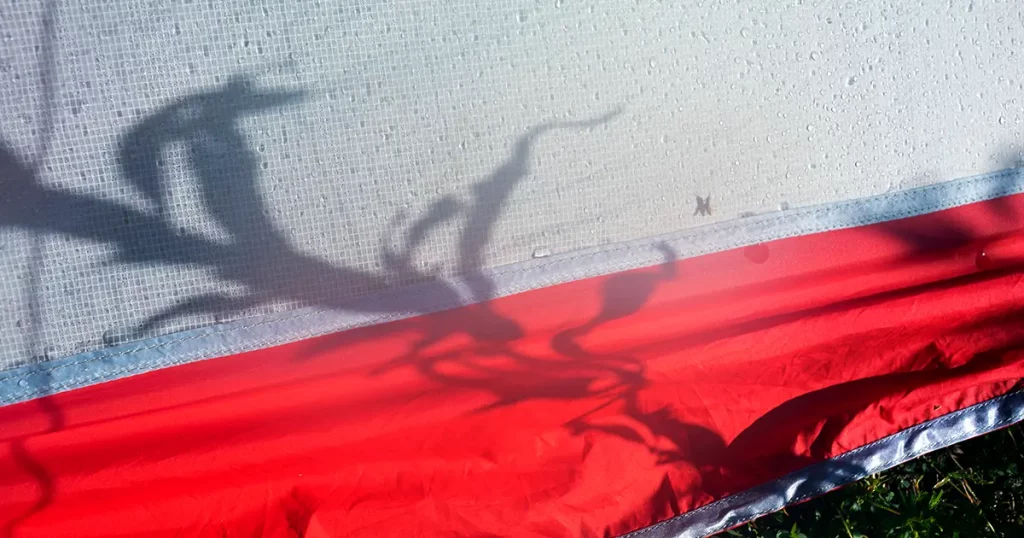
That’s all there is to it! The main thing to remember when it comes to drying out a tent is to be thorough. Check every area of your tent for damp spots. This may take a while (especially if you have a large tent) but it’s worth doing to keep your tent in good shape for years to come.
We hope this has helped you to figure out how to dry out a tent. If it has, please share it online with other campers, especially those that are new to camping.
Plus, if you have any tips or hacks for tent care, let us know in the comments. We always love to hear your thoughts and experiences!
